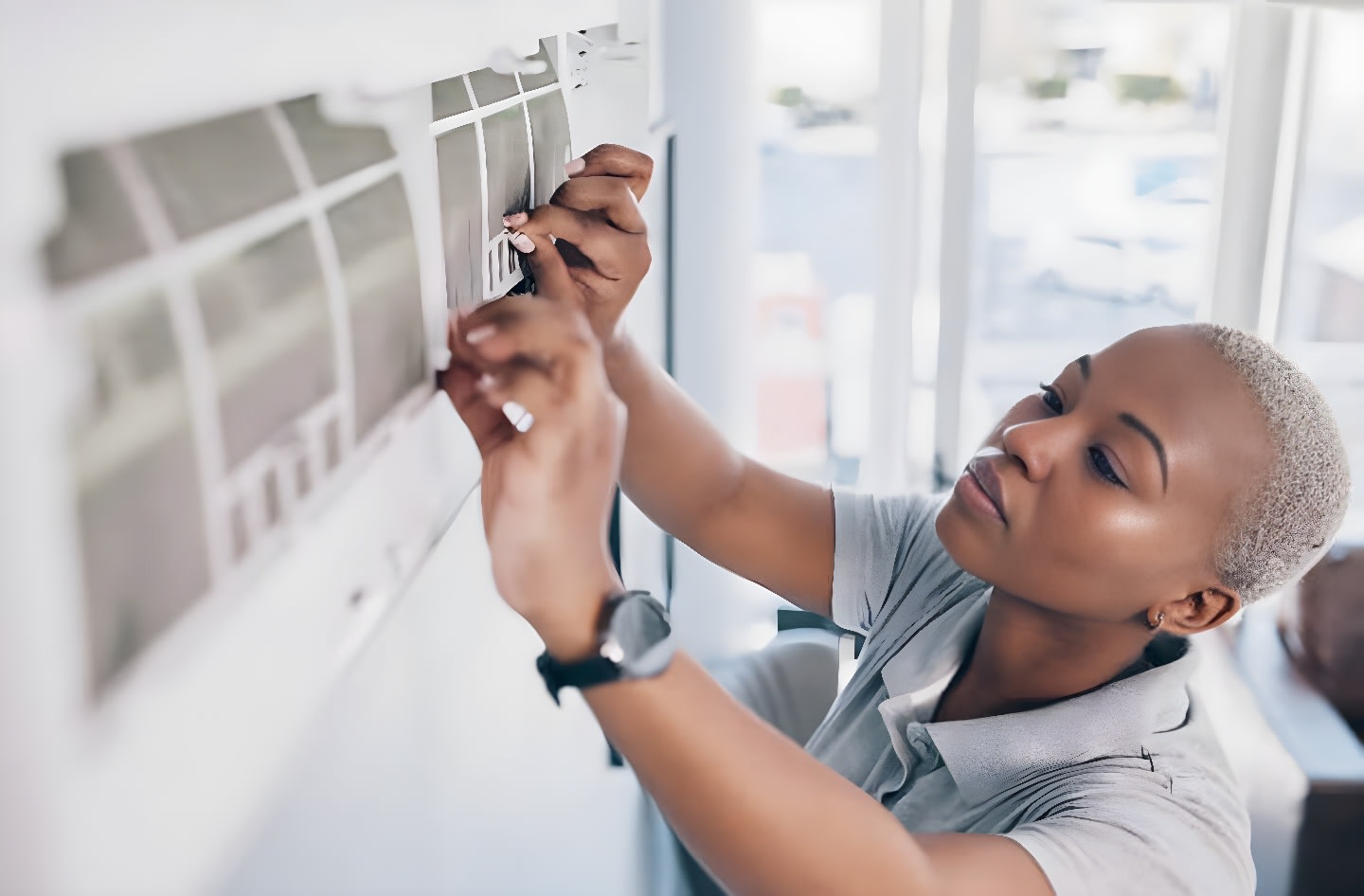
A/C Not Cooling? DIY Tips for Fixing Common A/C Cooling Issues
A malfunctioning air conditioner can be a major inconvenience. It’s not only frustrating but can also lead to discomfort in your home. Before rushing to call a professional technician, there are several do-it-yourself (DIY) tips you can try to get your A/C up and running efficiently. In this article, we’ll explore common reasons why your A/C may not be cooling and provide practical steps to troubleshoot and potentially resolve the issue.
- Check the Thermostat
The first step in diagnosing cooling issues is to ensure your thermostat is set correctly. Make sure it is set to “cool” mode, and the temperature is lower than the current room temperature. Sometimes, a simple adjustment can make a significant difference.
- Clean or Replace the Air Filter
A dirty or clogged air filter can obstruct airflow, reducing your A/C’s efficiency. Check your filter and replace it if it’s dirty or clean it if it’s reusable. Filters should typically be replaced every 1-3 months, depending on usage.
- Inspect the Condenser Unit
The condenser unit, typically located outside your home, may become obstructed by debris like leaves, dirt, or grass. Ensure it’s free from blockages and clean the area around it. Also, make sure the unit is receiving power and the circuit breaker hasn’t tripped.
- Examine the Evaporator Coils
The evaporator coils inside your A/C can accumulate dirt and dust over time, reducing their ability to absorb heat. Gently clean them with a soft brush or vacuum cleaner to improve their efficiency. Be sure to turn off the power before attempting this.
- Assess Refrigerant Levels
Low refrigerant levels can cause your A/C to blow warm air. If you suspect this, it’s best to contact a professional technician, as handling refrigerant can be dangerous and requires specialized equipment.
- Check for Leaking Ducts
Leaky air ducts can result in cooled air escaping before it reaches the rooms. Inspect your ductwork for any visible gaps, and seal them with foil tape. If your ducts are old and damaged, you might need to consider professional repair or replacement.
- Consider Shade for the Outdoor Unit
If your A/C’s condenser unit is exposed to direct sunlight, it can become less efficient. Providing shade by planting trees or installing an awning can help it cool more effectively.
- Run Your A/C System in the Evening
To reduce the workload on your A/C during the hottest parts of the day, try running your system during the cooler evening hours. This can improve its efficiency and help it cool your home more effectively.
- Regular Maintenance
Preventive maintenance is key to ensuring your A/C works efficiently throughout the summer. Schedule regular check-ups with a professional technician to clean, service, and tune up your system.
When your A/C is not cooling as it should, there are various DIY steps you can take to troubleshoot and potentially resolve the issue. Remember to start with the basics, like checking the thermostat and cleaning or replacing the air filter, before moving on to more complex tasks. However, if you’re unsure about any of these steps or the issue persists, it’s always wise to consult a professional HVAC technician who can diagnose and fix the problem, ensuring your home stays cool and comfortable during the summer months.







Comments - 1
Why Is My Air Conditioner Leaking Water? - Blavior
[…] you’re dealing with a leaking air conditioner, it’s essential to address the issue promptly. Water leakage can lead to property damage and […]